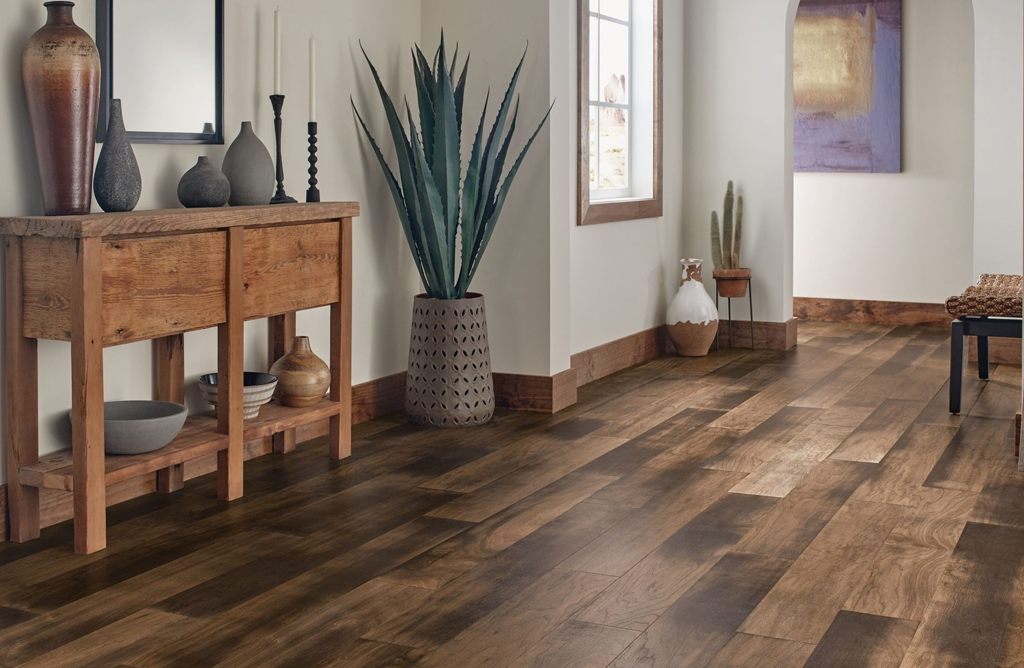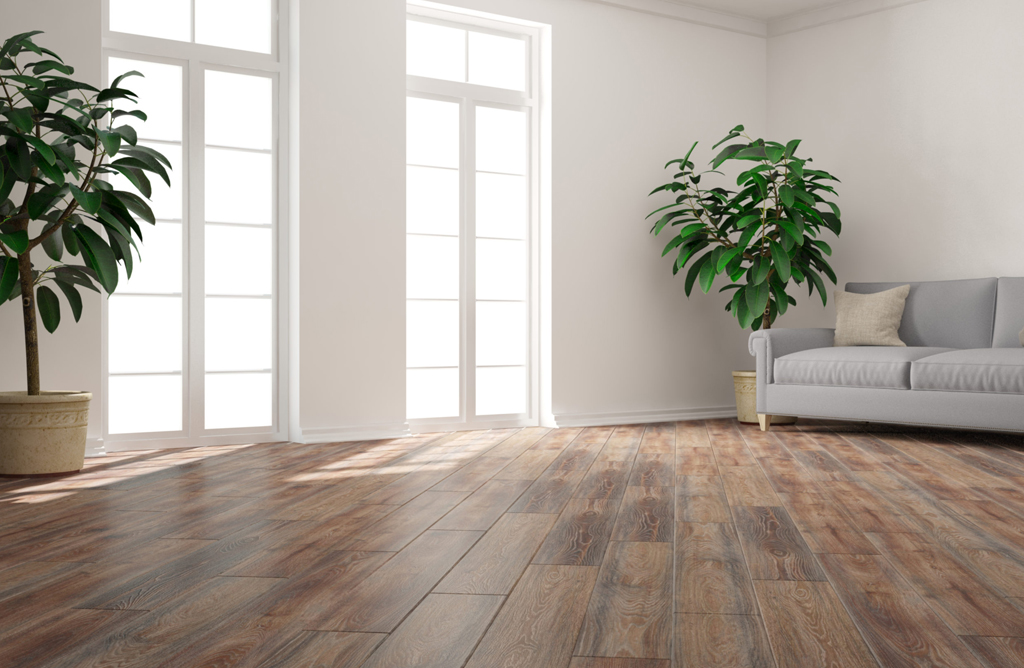
Eco-Friendly Flooring: Sustainable Options and Practices
Home » Blog » Eco-Friendly Flooring: Sustainable Options and Practices
In the pursuit of creating environmentally conscious living spaces, the choice of flooring materials plays a pivotal role. As awareness of sustainability grows, homeowners and interior designers are increasingly turning towards eco-friendly flooring options that not only enhance the aesthetics of a space but also contribute to a greener planet. In this blog, we will delve into the world of sustainable flooring, exploring various materials, and envisioning the future of eco-conscious choices.
Introduction to Sustainability in Flooring
The foundation of sustainable flooring lies in the responsible use of resources, minimizing environmental impact, and promoting healthier living spaces. Traditional flooring materials often involve the extraction of non-renewable resources, significant energy consumption, and the release of harmful chemicals. Sustainable flooring, on the other hand, prioritizes materials and practices that are renewable, recyclable, and have a lower carbon footprint.
One of the key considerations in sustainable flooring is the life cycle of the materials used. From extraction or cultivation to production, installation, and eventual disposal, each stage must align with environmentally friendly principles. This holistic approach ensures that the flooring not only meets current sustainability standards but also contributes positively to the long-term health of the planet.
Exploring Diverse Eco-Friendly Flooring Materials
1. Bamboo Flooring
Bamboo has emerged as a popular and sustainable alternative to traditional hardwood flooring. Unlike hardwood trees that take decades to mature, bamboo is a fast-growing grass that can be harvested in as little as five years. This rapid growth makes bamboo an easily replenishable resource. Additionally, bamboo flooring is durable, moisture-resistant, and can be finished with non-toxic sealants.
2. Cork Flooring
Harvested from the bark of cork oak trees, cork flooring is a renewable and biodegradable material. The extraction process doesn’t harm the trees, allowing them to continue absorbing carbon dioxide and promoting biodiversity. Cork is naturally resistant to mold, mildew, and pests, making it an ideal choice for those seeking a low-maintenance and hypoallergenic flooring option.
3. Recycled Metal Tiles
For an industrial and modern aesthetic, recycled metal tiles offer a unique and eco-friendly flooring solution. These tiles are often made from reclaimed metal, reducing the need for new raw materials. Metal tiles are durable, easy to clean, and can be recycled again at the end of their life cycle.

4. Reclaimed Wood Flooring
Salvaged from old buildings, barns, or other structures, reclaimed wood flooring breathes new life into discarded materials. Using reclaimed wood not only preserves natural resources but also adds character and history to a space. Each plank tells a story, contributing to a sense of authenticity and uniqueness in interior design.
5. Linoleum Flooring
Often confused with vinyl, linoleum is a natural and biodegradable flooring option made from renewable resources such as linseed oil, cork dust, and wood flour. Linoleum is resilient, antimicrobial, and available in a wide range of colors and patterns. Its longevity and ease of maintenance make it a sustainable choice for high-traffic areas.
The Future of Sustainable Flooring
As the demand for sustainable living practices continues to rise, the future of sustainable flooring holds exciting possibilities. Advancements in technology and innovation are paving the way for new materials and practices that push the boundaries of eco-friendly design.
1. Biodegradable Flooring Materials
Researchers are exploring the development of biodegradable flooring materials that can naturally decompose at the end of their life cycle, leaving behind minimal environmental impact. These materials aim to reduce the reliance on landfills and contribute to a circular economy.
2. Smart Flooring Systems
Integrating technology into flooring systems opens up opportunities for energy efficiency and improved indoor air quality. Smart flooring can incorporate sensors to monitor temperature, humidity, and air quality, allowing for real-time adjustments to create a healthier and more sustainable indoor environment.

3. 3D-Printed Flooring
3D printing technology is making waves in the flooring industry, allowing for intricate designs and customization. This process minimizes material waste and offers the potential to use sustainable, bio-based materials in the printing process.
4. Plant-Based Polyurethane Sealants
Traditional polyurethane sealants often contain harmful chemicals. The development of plant-based alternatives aims to provide a safer and more sustainable option for finishing and sealing flooring surfaces, reducing the environmental impact associated with traditional sealants.
To Conclude
The journey towards sustainable flooring involves a conscious effort to make choices that benefit both the environment and the inhabitants of a space. Whether it’s bamboo, cork, recycled metal, or reclaimed wood, each eco-friendly material contributes to a more sustainable and harmonious living environment. As we look to the future, the integration of advanced technologies and innovative materials will further redefine the possibilities of sustainable flooring, offering creative solutions for eco-conscious interior design.









